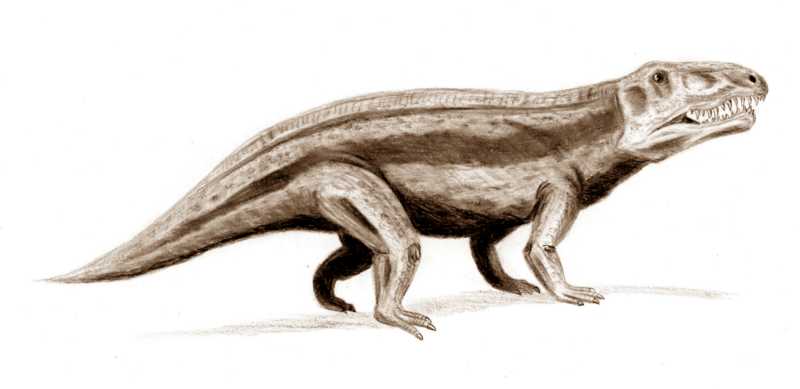
OpenCon 2015 Brussels was an amazing event. I’ll save a summary of it for the weekend but in the mean time, I urgently need to discuss something that came up at the conference. At OpenCon, it emerged that Elsevier have apparently been blocking Chris Hartgerink’s attempts to access relevant psychological research papers for content mining. No one can doubt that Chris’s research intent is legitimate – he’s not fooling around here.




